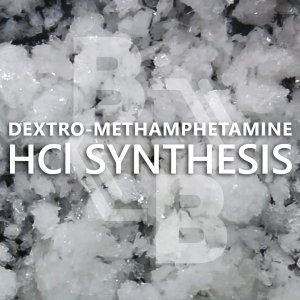Here I'll tell you so simply that you can't mess it up.
When it comes to separating enantiomers of any choral chemical using crystallization, optically active isomers are more active. What does that mean?
1. Optically active means that the molecule bends polarized light. Compounds that have molecules who's chirality turns clockwise as you look down the carbon atoms are considered R
Compounds who's side chains turn counterclockwise are S. So let's be clear I am imagining a compound as I am looking down the carbon chain from c-1; c-1 no side chain. 3-2, a methyl moity, hanging off at about the 2 O'clock position, 2R methyl. Full stop. Next c-3. The third carbon on the chain has a hydroxyl moity coming out at 6 O'clock. 3R hydroxy. This molecule is optically active, it bends light in a clockwise direction.
Now let's back up one carbon. Back to c-3. If I said C-3:has a hydroxyl side chain coming off of the carbon at about 9 0'clock, 3Shydroxy. THIS MOLECULE IS NOT OPTICALLY ACTIVE. it start clockwise and then goes counterclockwise, do the net chirality is 0 because they cancel out.
This is theoretical for demonstration purposes. If C-2 has a chain at 3 O'clock and C-3 has a hydroxy at 10 o'clock. The molecule is still 2R,3S but it has a bit of optical actively because when you consider the angles you have a net gain leaving the molecule turning clockwise to about 1 o'clock. Something with a higher overall spin would be more active and would crystalize first
S, S active
S. R. Not active
R, S not active
R, R active
BUT REMEMBER EE ARE TALKING ABOUT DIASTEROISOMERS HERE not isomers and not enantiomers.
R=D
S=l
Racemic meth= D, L add chiral acid. Let's use l-tartsric since it's cheap and natural
D-meth+l-tartaric acid=
D, l-meth tartate
L-meth+l-tartate=
L,meth tartate
L-methylamphetamine l-tartate crystalizes first. The goodies are left in the soup.
I would like to thank D. L. Desoxyephedrine for the opportunity to speak to you today . It's 6:39 am


